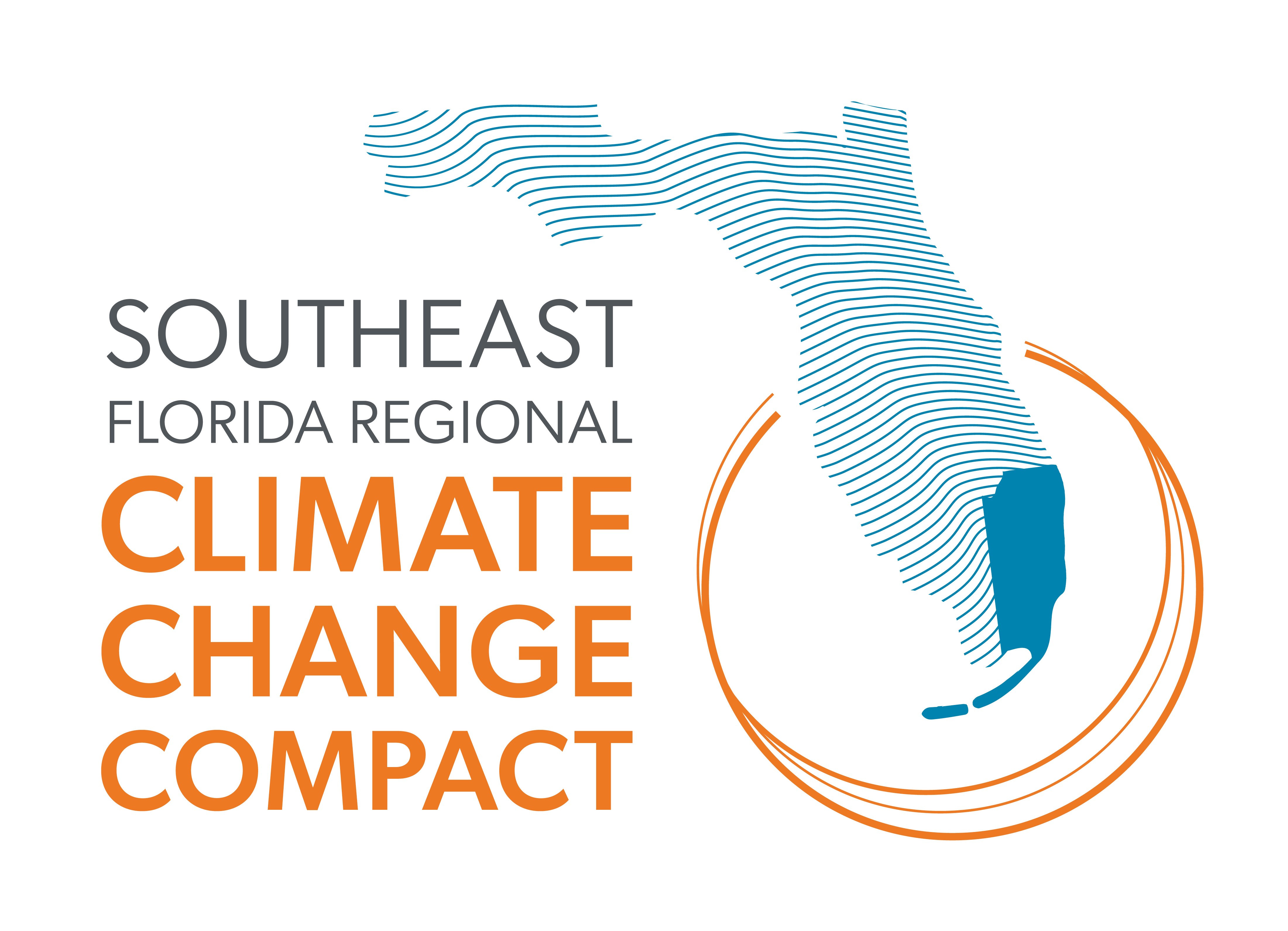Prioritize investments in infrastructure/services that promote economic mobility, health and safety for all community members while cutting greenhouse gas emissions and adapting to climate change.
STRATEGIES
EQ-7.1 Assess local social vulnerabilities in relation to climate change impacts and the infrastructure services, infrastructure design, land use (including housing) and other built environment components needed to reduce those vulnerabilities over time.
IMPLEMENTERS: local governments, Tribal governments, academic institutions, non-profit organizations,
community-based organizations, regional transportation agencies, regional agencies
EQ-7.2 Prioritize investments that promote economic mobility, health and safety while addressing climate change causes and impacts. Examples are:
- Providing affordable, convenient and reliable transit
- Implementing Complete Streets policies, programs and projects
- Establishing or expanding car-share and micromobility programs
- Preserving and adding affordable housing accessible to transit and other public infrastructure, including schools and community spaces
- Using green/nature-based infrastructure to reduce urban heat, flooding and other climate change impacts
- Maintaining and enhancing community recreation spaces
IMPLEMENTERS: local governments, Tribal governments, regional transportation agencies, regional agencies
